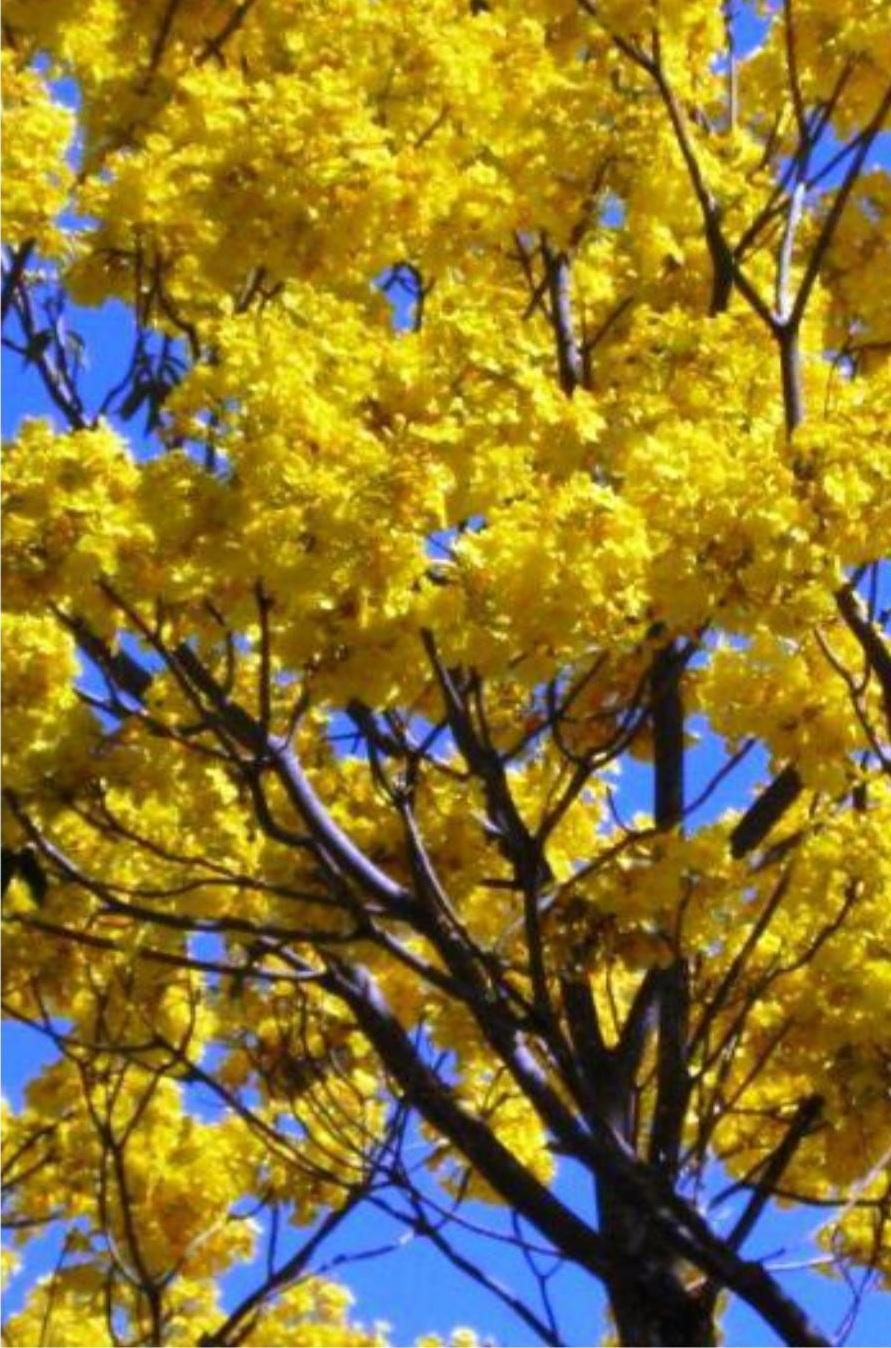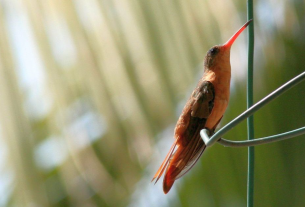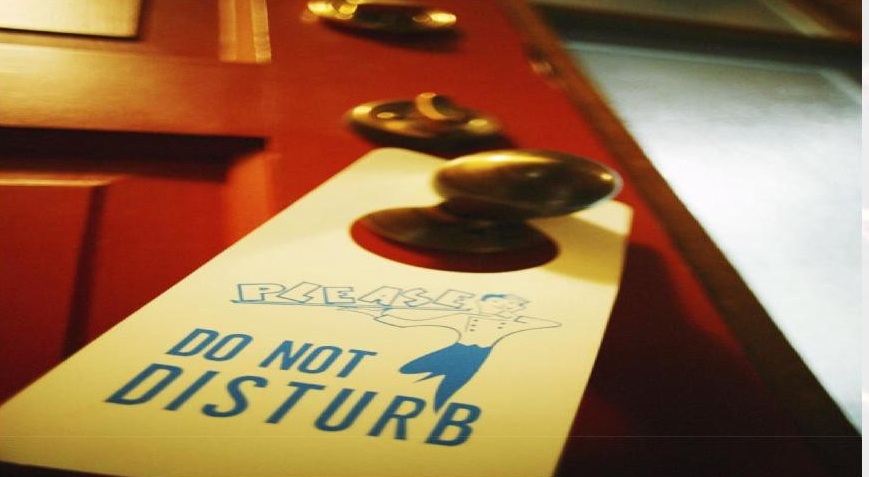By Freda Rumford from the June 2010 Edition
Most of us who have moved to Manzanillo from the Frozen North rub our hands with glee when we hear or read of storms back in our old neighbourhoods, be they snow, ice, freezing rain or hail and thank our lucky stars that we are away from the horrors of living in the cold. No more cars that won’t start because we forgot to plug them in and the block heater is frozen. No more ice on windshields to scrape off and no more frozen toes and chilblains or frozen pipes. What we don’t always stop to realise is that we have traded one known set of hazards for a completely different set that are unknown. Should a person from Manzanillo move to Calgary, Winnipeg or Minneapolis the hazards of the cold would be totally foreign and he/she would not know how to drive a vehicle in sub -zero weather or on icy roads without becoming first acclimatized. It is exactly the same for us here but in the opposite way. Although the sun is almost always shining and it is nearly always warm, along with these delights come the hazards of living in the tropics and a completely new set of rules that must be obeyed if we are to survive.
As the oceans to the south of us by many countries warm in the heat of the summer, the warm currents meet with the colder air travelling south and out of this volatile mating is born the hurricane. Most of the Eastern Pacific Hurricanes commence off the coast of southern Chile between May and November and travel northwards with ever increasing velocity until they become extremely dangerous to all in their path. They whip the sea into a raging fury and the music they make together becomes more and more fearsome along the journey.
What we have to become knowledgeable about is what can happen in such situations. Already we know that snowstorms following a thaw can cause dangerous avalanches in the mountains but that does not mean that we are there and in peril at any time of danger. We also know not to travel in the mountains or on icy roads without snow tires or chains and that we should always have an emergency pack in the car should we encounter a deadly storm during the winter months. The same is with hurricanes, they occur but that does not mean that we will always be personally at risk and if we know how to be prepared, we are already on the way to being safe. Have the equivalent of an emergency pack available in the home in the rainy season. Know what is to be prepared for emergencies, have it in a safe place and then put it out of mind.
The intent of the articles we will be including in the magazine over the months and years to come are not intended to scare everyone to death but to encourage a state of preparation so that the wonderful weather and life in the tropics can be enjoyed without constant fretting.
We are including lists of items to be prepared which are recommended by trained experts in survival techniques, so that should something very untoward happen, such as a hurricane touch land in Manzanillo, people are ready for it and can be safe. For interests’ sake, such an event has not happened in Manzanillo since the late 1950’s.
Everyone in your household, be they residents or guests, should know where the “Safety Book” is, what to do in some eventualities or where to go in others. Then FORGET IT and enjoy this wonderful country that we have all come to love and enjoy so much
What to do in the event of a hurricane
BE PREPARED
Before the hurricane
1) Have your vehicle always ready with a full tank of gas during hurricane season.
2) Put all important papers in a plastic bag and have required medications/first aid equipment at hand.
3) Move all outside things that could become flying objects to a safer place
4) Ensure that there is sufficient fresh water for each person for several days & extra water for flushing toilets etc.
5) Have canned or packaged food available in sufficient quantities for several days
6) Ensure that there is sufficient dry food and fresh water for your pet in a safe & accessible place, should you have to evacuate & leave them behind. Most shelters will not take animals.
7) Electricity will be automatically turned off, have a portable radio and flashlight available and turn off the gas taps.
8) Wait for instructions from the coordinator.
During the hurricane
1) Keep yourself and your family calm
2) Have all emergency items with you at all times
3) The “Proteccion Civil” advise taping windows diagonally
with an X and closing shutters and doors.
4) Wait until you are advised that the Hurricane has passed over and it is safe to return home or return to normal before doing so. You may be in the eye of the storm; or it may be a temporary lull and there is more to come.
After the storm
1) Listen to all advice given by the authorities very carefully. Ask questions if you do not understand.
2) Check your house, for any damage that may have occurred, Be very careful with gas and electricity connections.
3) Listen to the radio or television for any warnings especially concerning contaminated food or water.
4) Only use the telephone in an emergency. Leave the circuits clear.
Download the full edition or view it online
—
Most knew her as Freda Rumford. Freda Anne Vickery was a founder, editor, and contributor of the Manzanillo Sun magazine. She was one of the founders and, took over being President of the Manzamigos, when her husband Nigel, died. When she first came to Manzanillo, she got a job writing for the Guadalajara Reporter and used that as a foundation for her later humanities work. Freda was born in the East side of London in 1934 but grew up in Norwich. Freda’s early life was one of overcoming things. As an example, she was born with a lisp but one of her first jobs was being a telephone operator after some extensive elocution lessons. She met and married a young military man and, like so many others, they and their children moved to Canada for his employment opportunities and she ended up working for the Hudson’s Bay Company in cosmetic sales in Calgary. They moved to BC and then to Manzanillo, for her health, which flourished in the tropical weather. After Nigel died, she later married Kirby Vickery. She later became ill and finally lost the battle with cancer on the 27th of February 2016.




